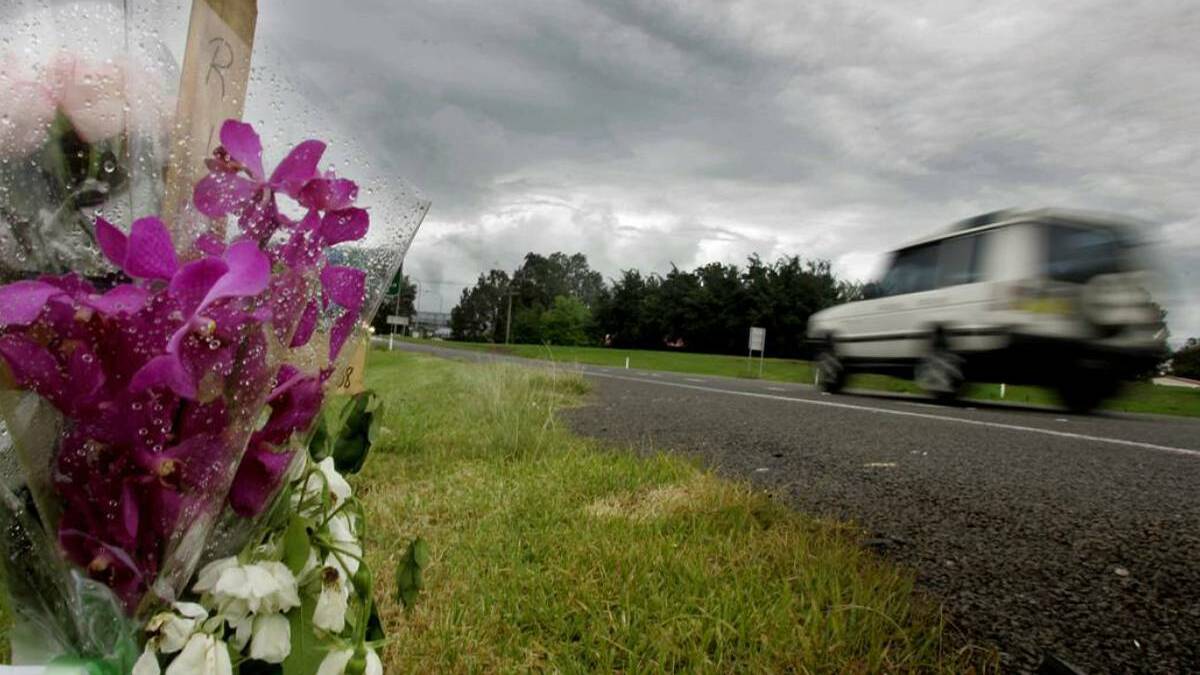In the first 25 days of this year 70 people were killed on the nation's roads, and emergency services are pleading with people to take care this Australia Day weekend.
Subscribe now for unlimited access.
$0/
(min cost $0)
or signup to continue reading
With the national day falling on a Thursday, many people will take the option of a four-day weekend and hit the road for a holiday, but be warned, police will be out in force.
This year's road toll of 70 is slightly down on 71 for the same period last year.
More people have died on Victoria's roads than anywhere else, with 24 deaths compared to 18 for the same time last year.
Fatalities in South Australia jumped from two to nine people, Queensland's toll rose from 12 to 13, but in NSW, the number of road deaths almost halved, from 24 to 13.
In Tasmania two people have died on the roads (down from three), in Western Australia there's been eight fatalities (down from nine), nobody has died on Northern Territory roads so far this year (down from two). In the ACT it's stable at one death for each time period.
Double demerits are in place from Wednesday to Sunday in NSW and police will be out in force, Assistant Commissioner Stephen Hegarty said.
IN OTHER NEWS
"Police will be out in numbers - on the ground, in the air and on the water - as general duties officers are supported specialist units," he said.
In Victoria, three quarters of fatalities this year occurred on rural roads.
"This weekend, you'll see us across the state utilising automatic number plate recognition technology (ANPR) to detect and remove drivers and motorcyclists who are unlicenced, suspended and disqualified," Victoria Police said.
The Centre for Road Safety said driving too fast is the single biggest contributor to death and injury on NSW roads.
"Speeding consistently contributes to around 41 per cent of road fatalities and 24 per cent of serious injuries each year. This means almost 150 lives lost and 1270 people seriously injured each year," it said.
Annual road toll

Every state and territory in Australia, except for South Australia, had an increase in road deaths in 2022 compared to 2021.
Last year, there were 1185 fatalities which is an extra 54 people compared to the 1131 deaths the year before.
Queensland recorded the highest number of deaths at 299 (up from 277), followed by NSW at 288 (up from 275) and Victoria at 240 (up from 233).
In Western Australia, 175 families lost a loved one in a road accident (up from 166). There were 50 fatalities in Tasmania (up from 35), 44 in the Northern Territory (up from 35) and in the ACT 18 people died on the road (up from 11).
South Australia's road toll fell from 99 people to 71.
Safer stopping distances
The faster you go, the longer it takes to stop. A typical stopping distance when travelling at 30 km/h on a reasonable road surface is 19 metres, while at the slightly faster speed of 40 km/h, the stopping distance increases to 27 metres.
If you are driving at 50 km/h, it will take you about 37 metres to stop, but at 60 km/h that distance increases significantly to 56 metres.
Even a small difference in vehicle speed can make a large difference to the likelihood of death or serious injury. If a car hits a pedestrian at 50 km/h, the impact is twice as likely to kill the pedestrian than if the car had been travelling at 40 km/h.


